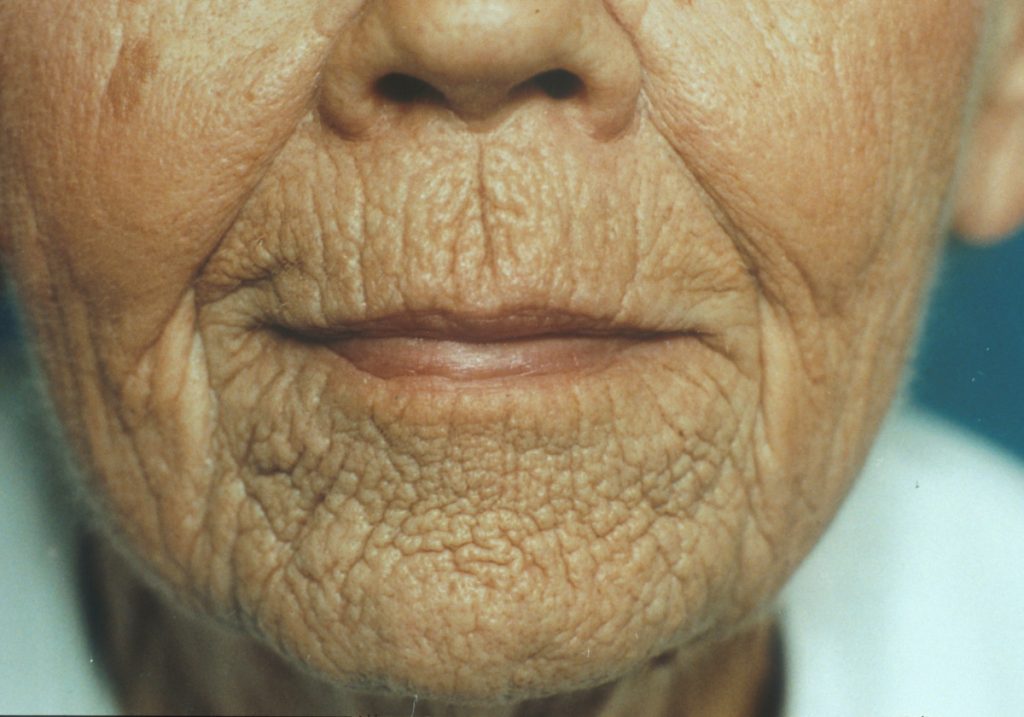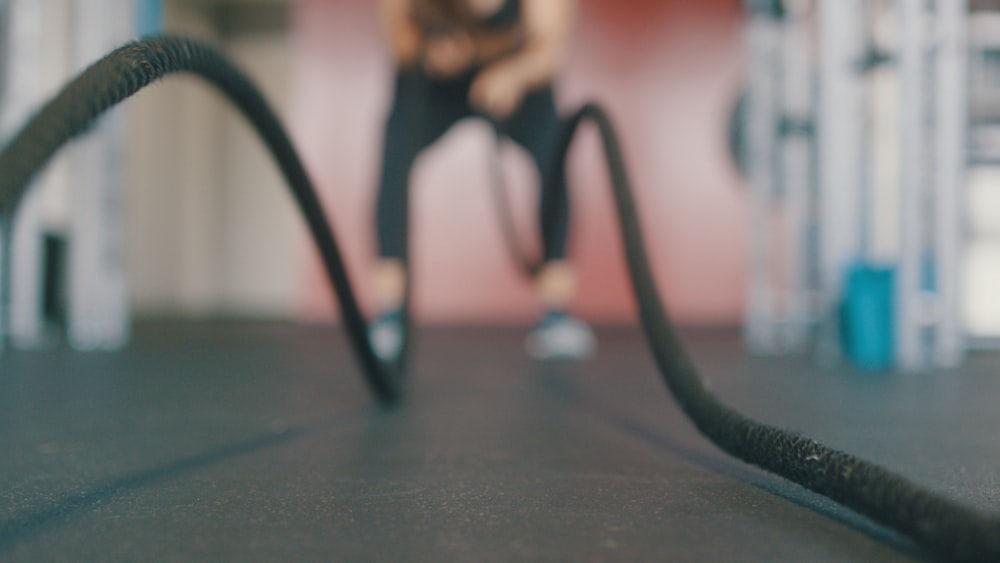Introduction:
Lower chest workouts are crucial for achieving a balanced and well-defined upper body. While many focus on building the upper chest, neglecting the lower pecs can result in an imbalanced physique. In this article, we’ll delve into effective lower pec workouts to help you sculpt and strengthen this often overlooked muscle group.
Understanding the Importance of Lower Pec Workouts:
The lower chest muscles, specifically the sternal head of the pectoralis major, play a significant role in various upper body movements. Strengthening these muscles not only enhances aesthetics but also improves functional strength and overall upper body performance. Neglecting the lower pecs can lead to muscular imbalances and limited progress in your fitness journey.
Targeted Exercises for Lower Chest Development:
To effectively target the lower pecs, incorporating specific exercises into your workout routine is essential. Moves such as decline bench presses, dips, and chest fly variations are particularly effective for isolating and stimulating the lower chest muscles. By performing these exercises with proper form and technique, you can maximize muscle activation and promote growth in the lower pec region.
The Importance of Progressive Overload:
Incorporating progressive overload into your lower pec workouts is crucial for continuous muscle growth and strength gains. This principle involves gradually increasing the intensity, volume, or resistance of your exercises over time. Whether it’s adding weight, increasing repetitions, or adjusting the range of motion, challenging your muscles progressively is key to stimulating growth and adaptation.
Optimizing Training Frequency and Volume:
Finding the right balance between training frequency and volume is essential for effective lower pec development. While consistency is key, overtraining can lead to fatigue and hinder progress. Aim to train the lower chest muscles 1-2 times per week, allowing for adequate rest and recovery between sessions. Adjust the volume of your workouts based on individual fitness levels and recovery capacity to optimize results.
Incorporating Variation into Your Workouts:
To prevent plateaus and keep your lower pec workouts engaging, incorporating variation is essential. Experiment with different exercises, rep ranges, and training techniques to challenge your muscles from various angles and stimulate growth. From traditional compound movements to isolation exercises, diversity in your workout routine can help you overcome stagnation and continue making progress.
The Role of Nutrition and Recovery:
Supporting your lower pec development goes beyond just the workout itself; proper nutrition and recovery are equally important. Ensure you’re consuming an adequate amount of protein to support muscle repair and growth, along with essential nutrients to fuel your workouts. Additionally, prioritize sufficient sleep and rest days to allow your muscles to recover and rebuild effectively.
Listen to Your Body:
Lastly, listening to your body is crucial when it comes to lower pec training. Pay attention to signs of fatigue, soreness, and potential injuries, and adjust your workout intensity and volume accordingly. Pushing through pain or ignoring warning signals can lead to setbacks and hinder progress in the long run. Always prioritize safety and injury prevention in your fitness journey.
Conclusion:
Lower pec workouts are an essential component of a well-rounded upper body training regimen. By incorporating targeted exercises, progressive overload, variation, and prioritizing nutrition and recovery, you can effectively strengthen and sculpt your lower chest muscles. Remember to listen to your body, stay consistent, and enjoy the journey towards achieving your fitness goals. Read more about lower pec workout




